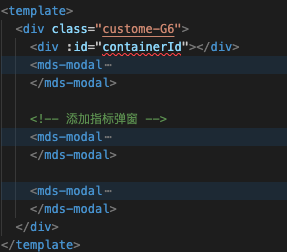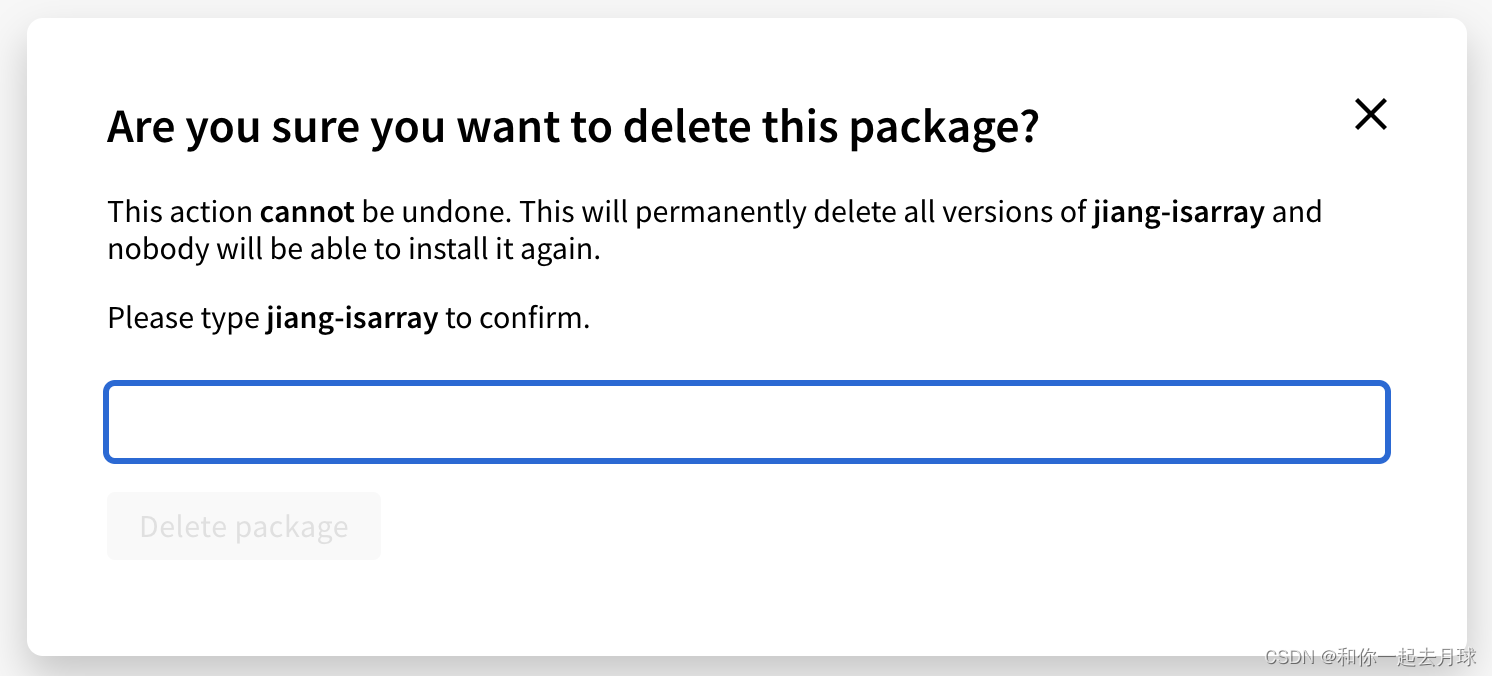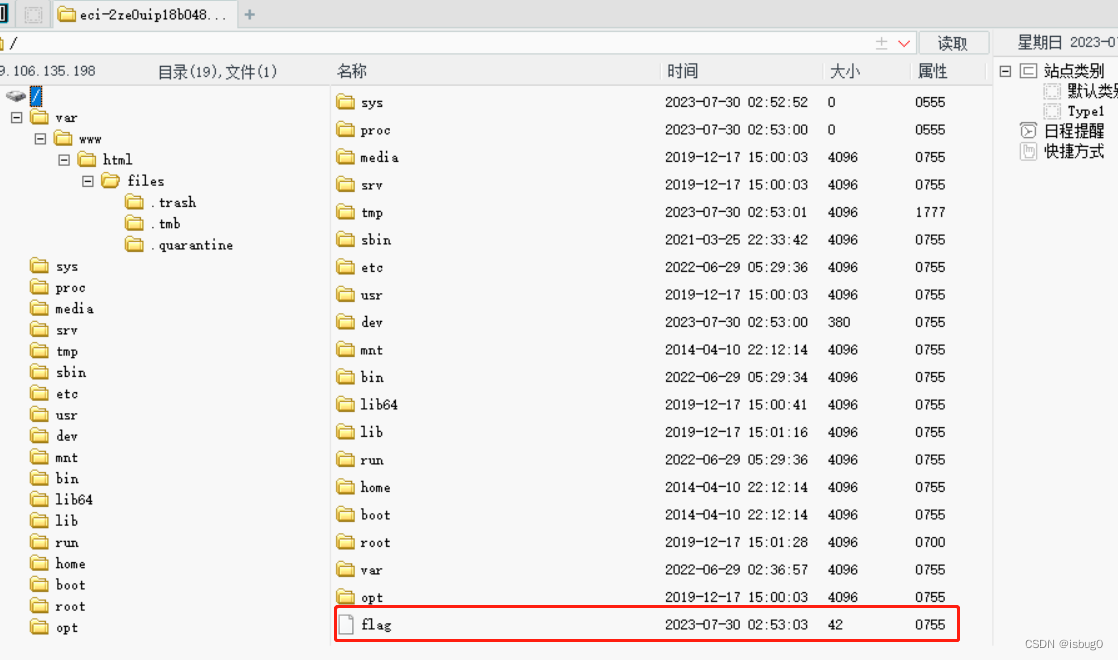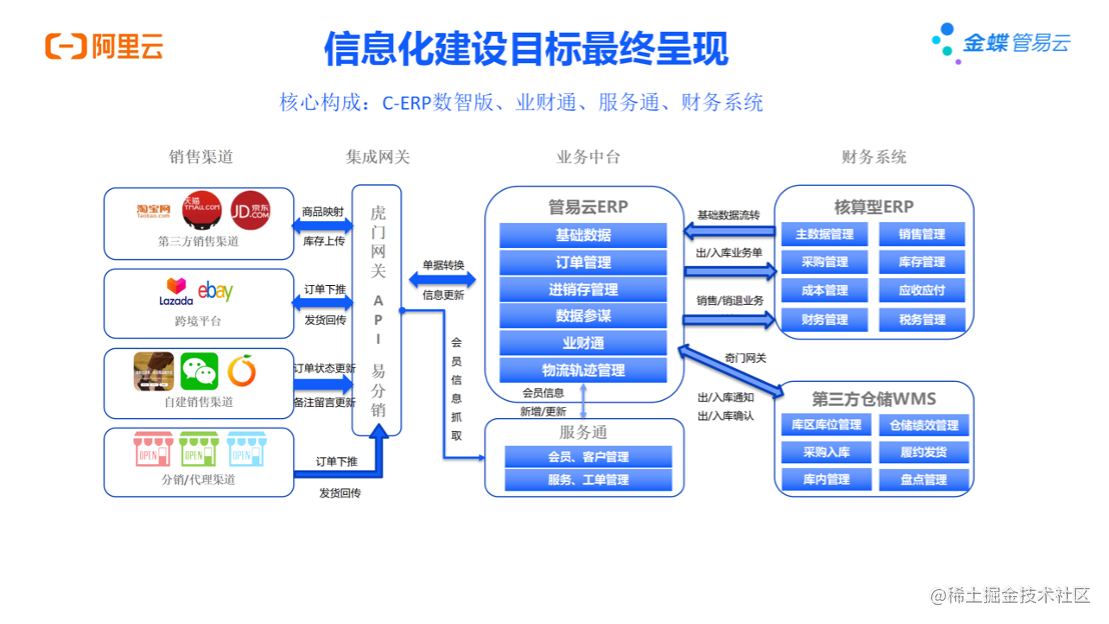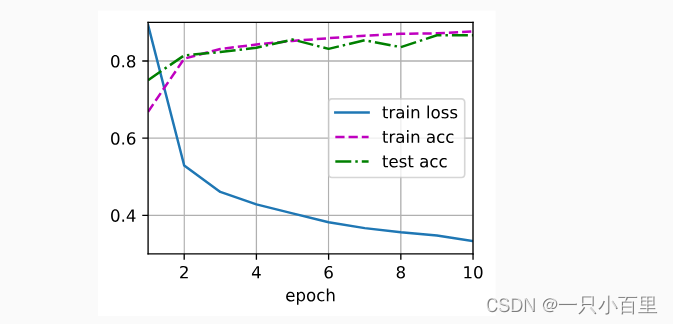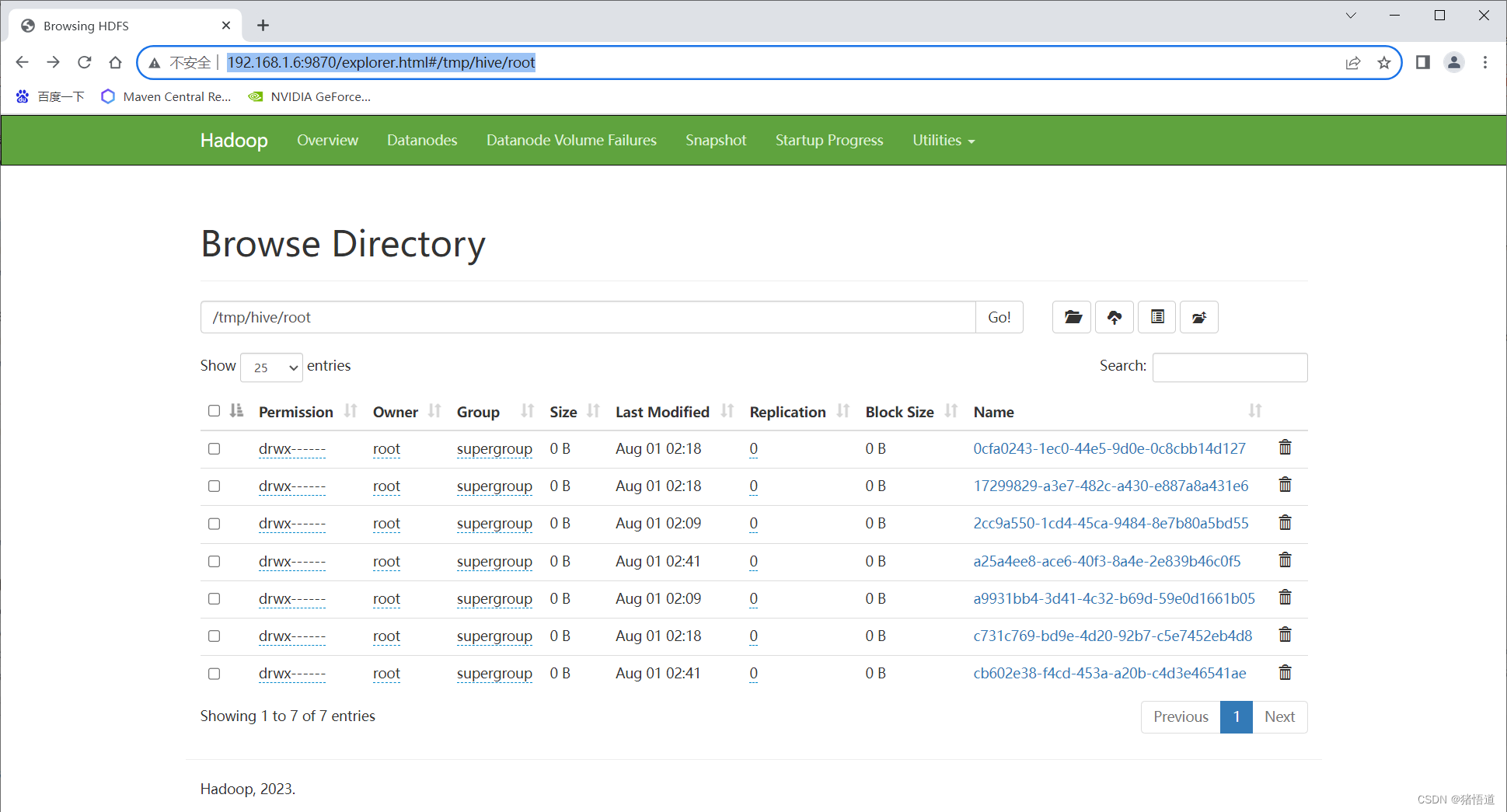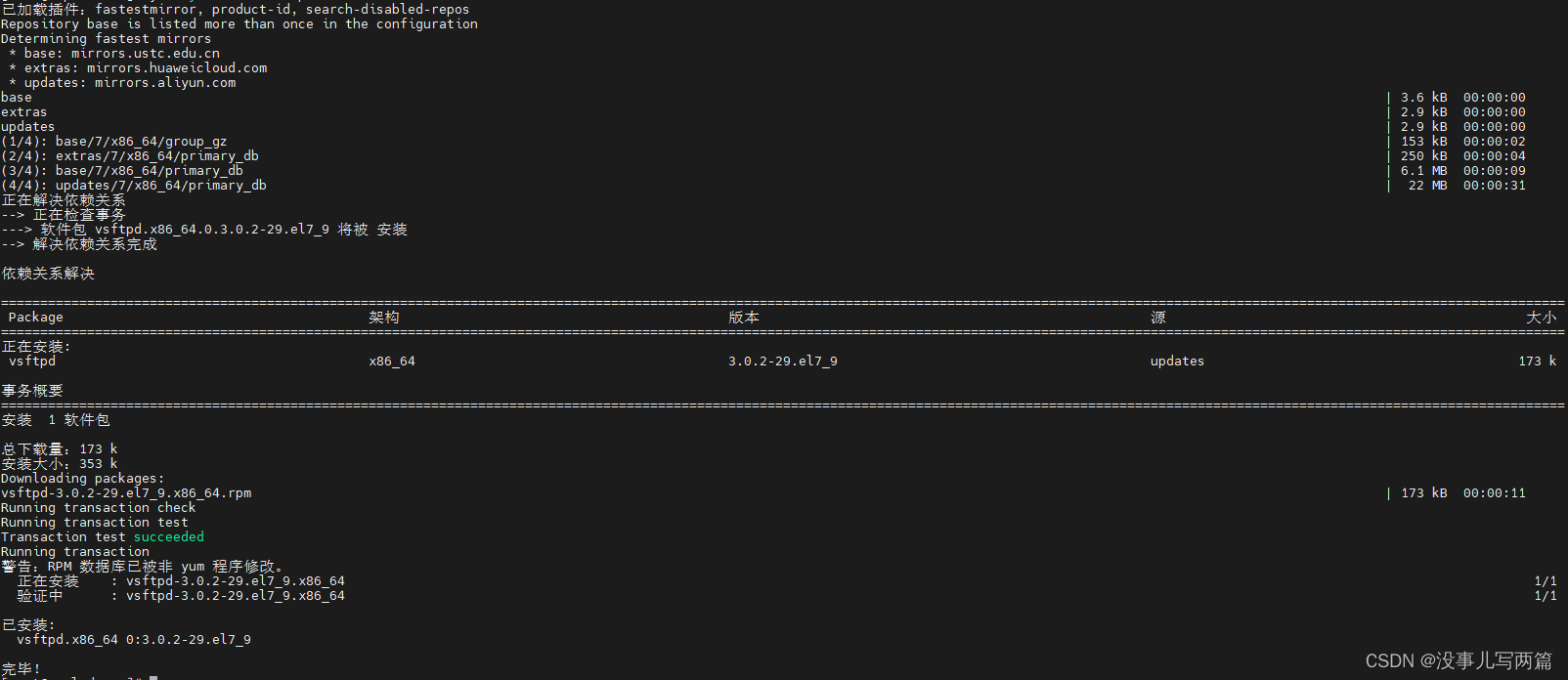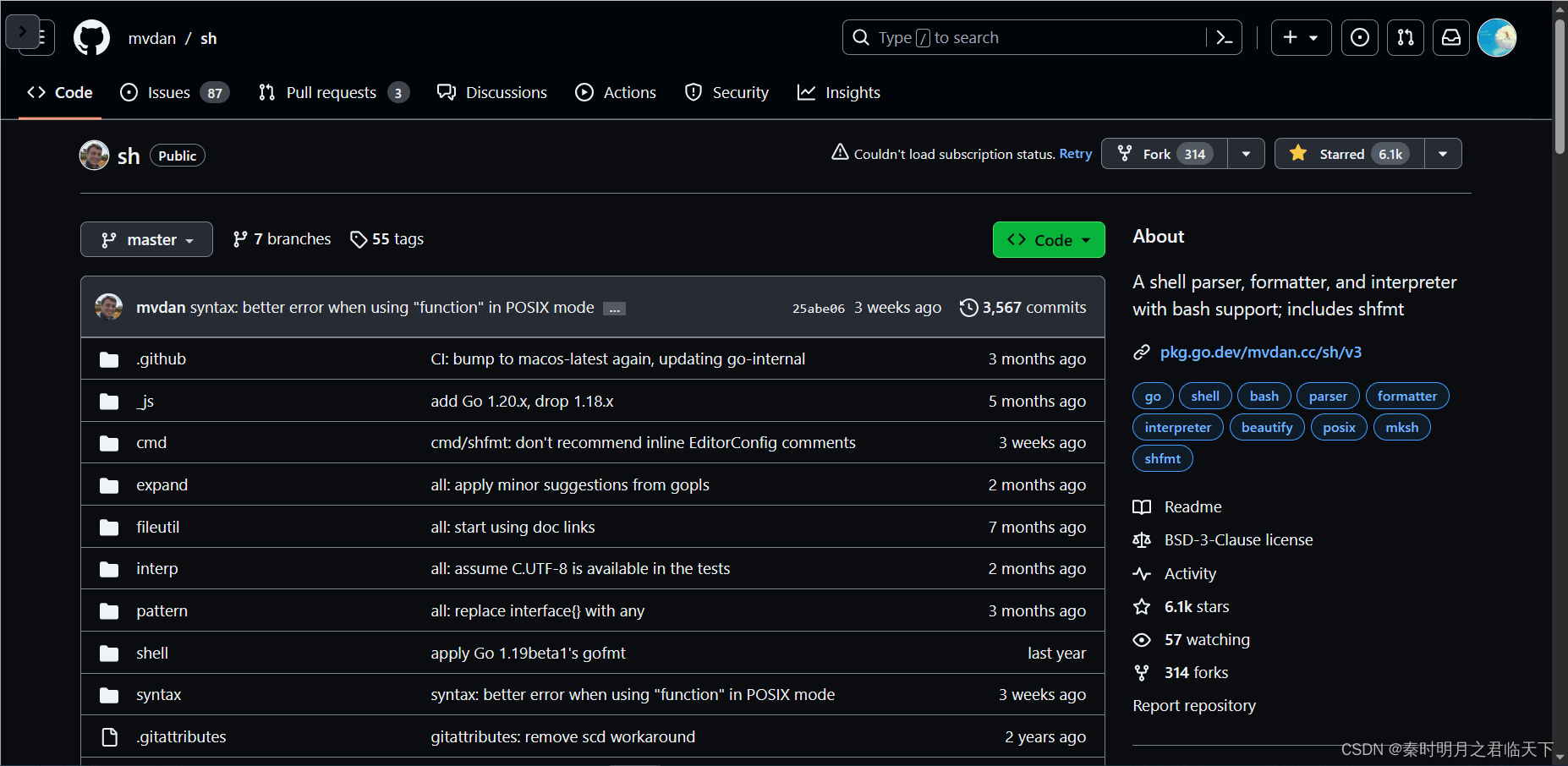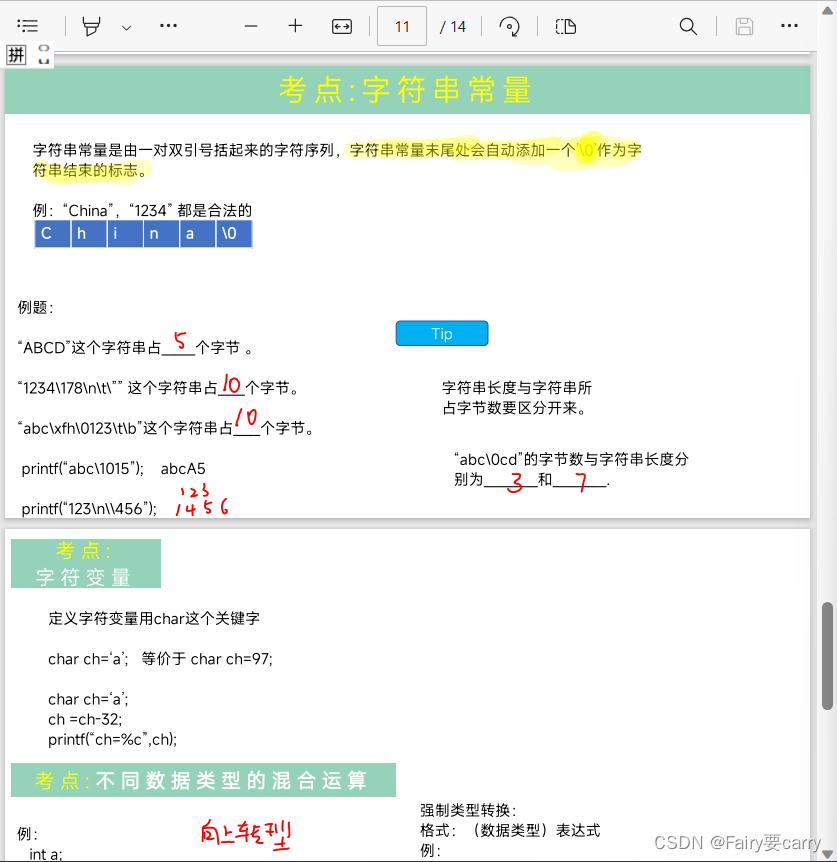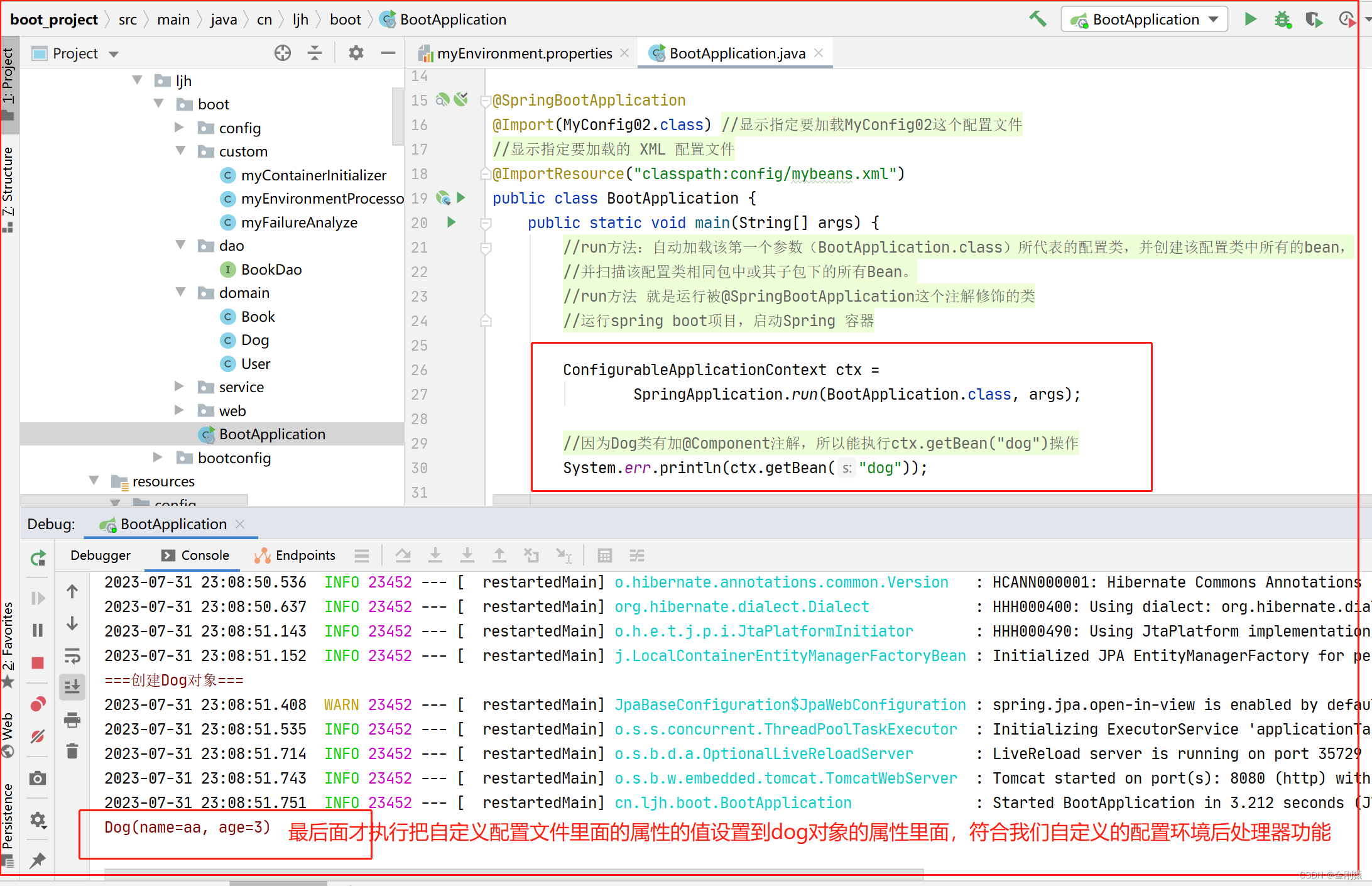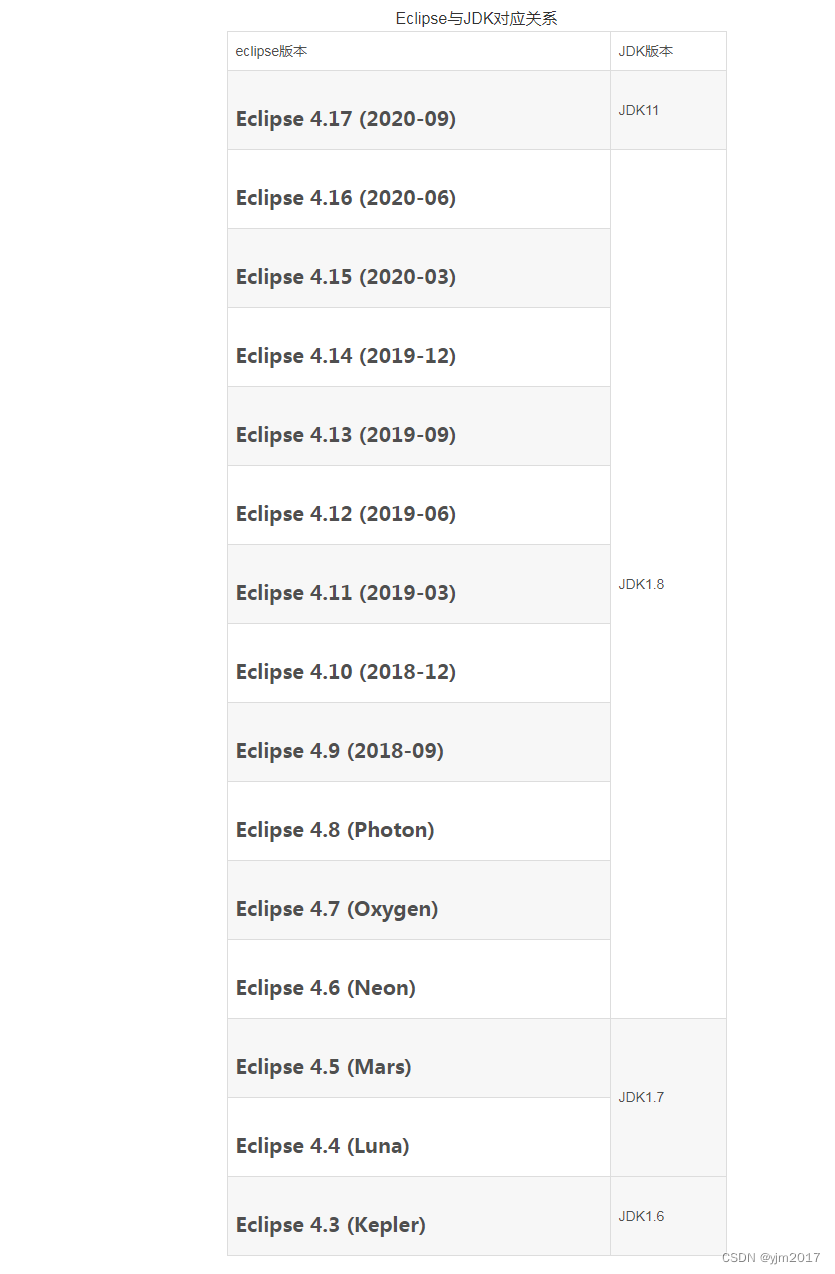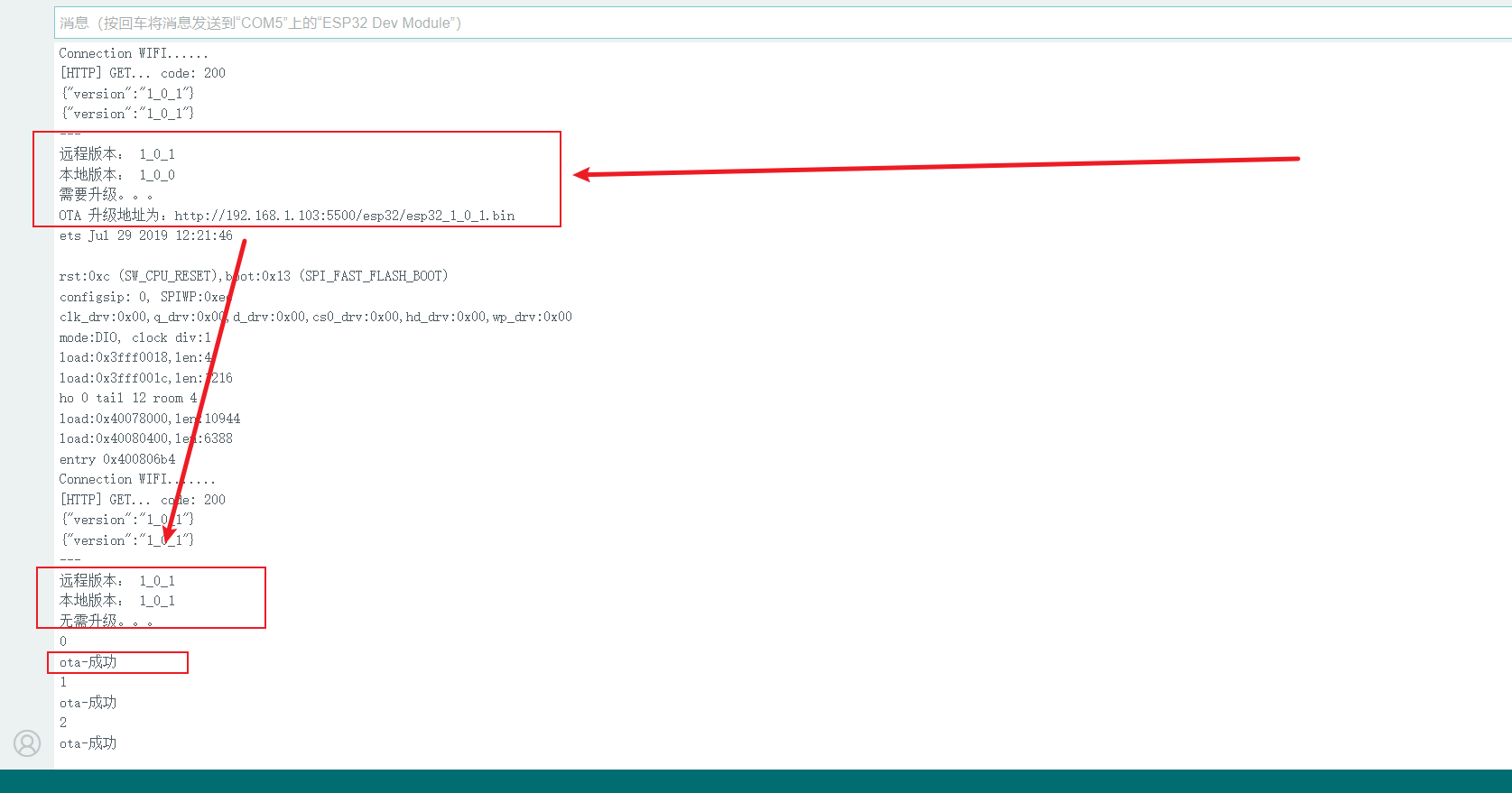目录
前言
尾删
头删
查找
位置前插入
位置后插入
位置删除
位置后删除
链表销毁
总结
前言
前边关于链表的基础如果已经理解透彻,那么接下来就是对链表各功能的实现,同时也希望大家能把这部分内容熟练于心,这部分内容对有关链表部分的刷题很有帮助。废话不多讲我们步入正题。
前边已经实现了头插、尾插的操作,今天主要的内容是:头删、尾删、位置删除、位置后删除、查找、位置前插入、位置后插入。
尾删
要想进行尾删,就要先找到链表的尾。

我们知道单链表的缺点之一就是只可以单向遍历,所以要想删除最后一个节点,就要先找到倒数第二个节点,然后释放掉最后一个节点,将倒数第二个节点的next(指针域)置为NULL。

具体代码实现:
void SLPopBlack(SLNode** pphead)
{
assert(*pphead);
if ((*pphead)->next == NULL)
{
free(*pphead);
*pphead = NULL;
}
SLNode* tail = *pphead;
while (tail->next->next)
{
tail = tail->next;
}
free(tail->next);
tail->next = NULL;
}这里为什么要传二级指针?有人可能会有这样的疑惑, 传二级指针就是为了防止链表被删空的情况,在链表的许多情节中都要考虑像链表删空等这种极端情况,要做到面面俱到。
当然我们也可以选择不使用二级指针,而是直接返回头指针的地址。但这样函数的类型就变成了结构体指针类型,而要调用这个函数还需要相同类型的结构体指针变量接收,这种情况在刷题中经常遇到,但在写链表时不推荐,这样写调用函数会比较麻烦。
头删
头删大家可以先思考一下,需不需要使用二级指针。
有这样一个链表:

想要删除第一个节点,只需要把头指针指向的位置改为指向第二个节点。把头指针修改,这是修改结构体指针,到这里想必大家已经清楚,需要使用二级指针。
接下来我们理一下删除的逻辑,直接将头指针指向第二个节点,这样就会造成第一个节点丢失没办法释放掉空间。如果先将第一个节点释放就会使第二个节点丢失,头指针无法连接剩余节点。
这要怎么解决呢?这里就需要创建一个新的变量来存储一下第二个节点的地址,然后再将第一个节点释放。
具体代码实现:
void SLPopFront(SLNode** pphead)
{
assert(*pphead);
SLNode* newhead = (*pphead)->next;
free(*pphead);
*pphead = newhead;
}查找
查找很简单,顺序表的查找返回的是下标,而链表返回的是节点的地址,后续的操作也是比较简单,我就不再画逻辑图。
SLNode* SLFind(SLNode* phead, Datatype x)
{
SLNode* cur = phead;
while (cur)
{
if (cur->data == x)
{
return cur;
}
cur = cur->next;
}
return NULL;
}位置前插入
位置前插入,如果是在第一个节点位置前插入,就是头插,其次是要想在位置前插入就必须要知道前有个节点,单链表是无法逆向遍历的,所以要想知道前一个节点就必须要传头指针。然后将前一个节点的next置为新节点的地址,新节点的next置为pos位置节点的地址。
void SLFrontInsert(SLNode** pphead, SLNode* pos, Datatype x)
{
assert(pos);
if (pos == *pphead)
{
SLPushFront(pphead, x);
}
else
{
SLNode* prev = *pphead;
SLNode* newnode = NewNode(x);
while (prev->next != pos)
{
prev = prev->next;
}
newnode->next = pos;
prev->next = newnode;
}
}位置后插入
位置后插入,可以不需要头指针。操作也非常简单,把pos位置的下一个节点赋给新节点的next,把新节点的地址赋给pos位置节点的next。这里有人可能会有疑惑,不考虑极端情况吗?位置后插入是无法进行头插的,如果链表为空,传进来pos就为空,就会直接保错,至于尾插,这段代码也是可以解决的。
void SLAfterInsert(SLNode* pos, Datatype x)
{
assert(pos);
SLNode* newnode = NewNode(x);
newnode->next = pos->next;
pos->next = newnode;
}位置删除
位置删除,需要把pos位置前一个节点的next置为pos位置下一个节点的地址,同时还需要将删除的节点释放空间。考虑极端情况,如果删除位置是第一个节点,这种方法就失效了,因为没有第一个节点的前一个节点,这时也就是头删,我们可以调用前边已经实现的函数接口。
void SLErase(SLNode** pphead, SLNode* pos) {
assert(pphead);
assert(pos);
if (pos == *pphead)
{
SLPopFront(pphead);
}
else
{
SLNode* prev = *pphead;
while (prev->next != pos)
{
prev = prev->next;
}
prev->next = pos->next;
free(pos);
pos = NULL;
}
}位置后删除
位置后删除,如果位置为最后一个节点,就不需要删除,且位置后删除无法进行头删,然后是正常情况,把pos位置节点的next置为pos位置后第二个节点的地址,就完成了。那是否可以这样写呢?
pos->next = pos->next->next答案是不可以,这样会造成pos后一个节点丢失,无法释放。所以这里我们需要分成两步来写:
void SLEraseAfter(SLNode* pos)
{
assert(pos);
if (pos->next == NULL)
{
return;
}
else
{
SLNode* posnext = pos->next;//不可以写成一步,否则pos后一个节点就会丢失,无法释放
pos->next = posnext->next;
free(posnext);
posnext = NULL;
}
}链表销毁
执行完所有操作后,就需要将链表销毁了
void SLDestory(SLNode** pphead)
{
assert(pphead);
SLNode* cur = *pphead;
while (cur)
{
SLNode* next =cur->next;
free(cur);
cur = next;
}
*pphead = NULL;
}
完整代码:
SList.c
#include"SList.h"
void SLprint(SLNode* phead)
{
SLNode* cur = phead;
while (cur)
{
printf("%d->", cur->data);
cur = cur->next;
}
printf("NULL\n");
}
SLNode* NewNode(Datatype x)
{
SLNode* newnode = (SLNode*)malloc(sizeof(SLNode));
if (newnode == NULL)
{
perror("malloc");
exit(-1);
}
newnode->data = x;
newnode->next = NULL;
return newnode;
}
void SLPushBlack(SLNode** pphead, Datatype x)
{
assert(pphead);
SLNode* newnode = NewNode(x);
SLNode* tail = *pphead;
if (*pphead == NULL)
{
*pphead = newnode;
}
else
{
while (tail->next)
{
tail = tail->next;
}
tail->next = newnode;
}
}
void SLPushFront(SLNode** pphead, Datatype x)
{
assert(pphead);
SLNode* newnode = NewNode(x);
newnode->next = *pphead;
*pphead = newnode;
}
void SLPopBlack(SLNode** pphead)
{
assert(pphead);
assert(*pphead);
if ((*pphead)->next == NULL)
{
free(*pphead);
*pphead = NULL;
}
SLNode* tail = *pphead;
while (tail->next->next)
{
tail = tail->next;
}
free(tail->next);
tail->next = NULL;
}
void SLPopFront(SLNode** pphead)
{
assert(pphead);
assert(*pphead);
SLNode* newhead = (*pphead)->next;
free(*pphead);
*pphead = newhead;
}
SLNode* SLFind(SLNode* phead, Datatype x)
{
SLNode* cur = phead;
while (cur)
{
if (cur->data == x)
{
return cur;
}
cur = cur->next;
}
return NULL;
}
void SLFrontInsert(SLNode** pphead, SLNode* pos, Datatype x)
{
assert(pphead);
assert(pos);
if (pos == *pphead)
{
SLPushFront(pphead, x);
}
else
{
SLNode* prev = *pphead;
SLNode* newnode = NewNode(x);
while (prev->next != pos)
{
prev = prev->next;
}
newnode->next = pos;
prev->next = newnode;
}
}
void SLAfterInsert(SLNode* pos, Datatype x)
{
assert(pos);
SLNode* newnode = NewNode(x);
newnode->next = pos->next;
pos->next = newnode;
}
void SLErase(SLNode** pphead, SLNode* pos) {
assert(pphead);
assert(pos);
if (pos == *pphead)
{
SLPopFront(pphead);
}
else
{
SLNode* prev = *pphead;
while (prev->next != pos)
{
prev = prev->next;
}
prev->next = pos->next;
free(pos);
pos = NULL;
}
}
void SLEraseAfter(SLNode* pos)
{
assert(pos);
if (pos->next == NULL)
{
return;
}
else
{
SLNode* posnext = pos->next;
pos->next = posnext->next;
free(posnext);
posnext = NULL;
}
}
void SLDestory(SLNode** pphead)
{
assert(pphead);
SLNode* cur = *pphead;
while (cur)
{
SLNode* next =cur->next;
free(cur);
cur = next;
}
*pphead = NULL;
}
SList.h
#include<stdio.h>
#include<assert.h>
#include<stdlib.h>
typedef int Datatype;
typedef struct SLNode
{
Datatype data;
struct SLNode* next;
}SLNode;
//打印链表
void SLprint(SLNode* phead);
//创建新节点
SLNode* NewNode(Datatype x);
//尾插
void SLPushBlack(SLNode** phead, Datatype x);
//头插
void SLPushFront(SLNode** pphead, Datatype x);
//尾删
void SLPopBlack(SLNode** pphead);
//头删
void SLPopFront(SLNode** pphead);
//查找
SLNode* SLFind(SLNode* phead, Datatype x);
//pos位置前插入
void SLFrontInsert(SLNode** pphead, SLNode* pos, Datatype x);
//pos位置后插入
void SLAfterInsert(SLNode* pos, Datatype x);
//pos位置后删除
void SLEraseAfter(SLNode* pos);
//pos位置删除
void SLErase(SLNode** pphead, SLNode* pos);
void SLDestory(SLNode** pphead);
test.c
这里基本都是测试接口,没有什么太大的参考价值,代码如下,便于大家调试。
#include"SLNode.h"
void test1()
{
SLNode* plist = NULL;
int n = 0;
printf("请输入链表的长度\n");
scanf("%d", &n);
printf("请输入数据\n");
for (int i = 0; i < n; i++)
{
int val = 0;
scanf("%d", &val);
SLNode *newnode= NewNode(val);
newnode->next = plist;
plist = newnode;
}
SLNode* pos= SLFind(plist, 2);
if (pos)
{
pos->data *= 10;
}
SLFrontInsert(&plist, pos, 10);
SLprint(plist);
SLPushBlack(&plist,100);
SLprint(plist);
SLPushFront(&plist, 200);
SLprint(plist);
SLPopBlack(&plist);
SLprint(plist);
SLPopFront(&plist);
SLprint(plist);
}
void test2()
{
SLNode* plist = NULL;
SLPushBlack(&plist, 1);
SLPushBlack(&plist, 2);
SLPushBlack(&plist, 3);
SLPushBlack(&plist, 4);
SLPushBlack(&plist, 5);
SLprint(plist);
SLNode* pos = SLFind(plist, 5);
SLAfterInsert(pos, 20);
SLprint(plist);
SLFrontInsert(&plist, pos, 10);
SLprint(plist);
}
void test3()
{
SLNode* plist = NULL;
SLPushBlack(&plist, 1);
SLPushBlack(&plist, 2);
SLPushBlack(&plist, 3);
SLPushBlack(&plist, 4);
SLPushBlack(&plist, 5);
SLprint(plist);
SLNode* pos = SLFind(plist, 1);
//SLErase(&plist, pos);
SLEraseAfter(pos);
SLprint(plist);
SLDestory(&plist);
}
int main()
{
test2();
return 0;
}总结
好的,内容到这里就要结束了,这部分内容或许看来很繁琐,但在刷链表相关的题时就会惊奇的发现,题解都是这些操作的变形。熟练这部分内容,可以让你在刷链表相关的题时会感觉非常的爽,刷题也会更加顺利。最后,感谢阅读!
